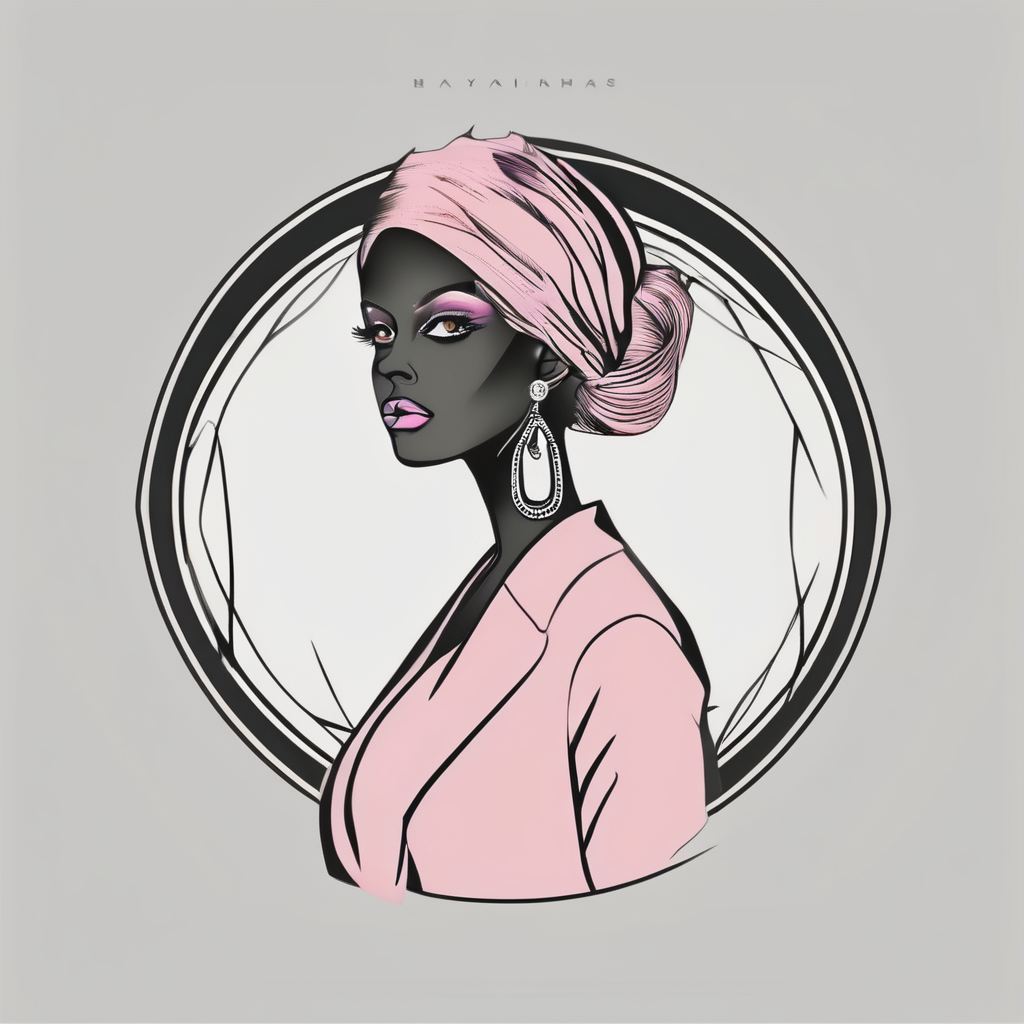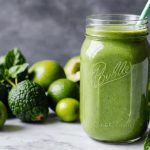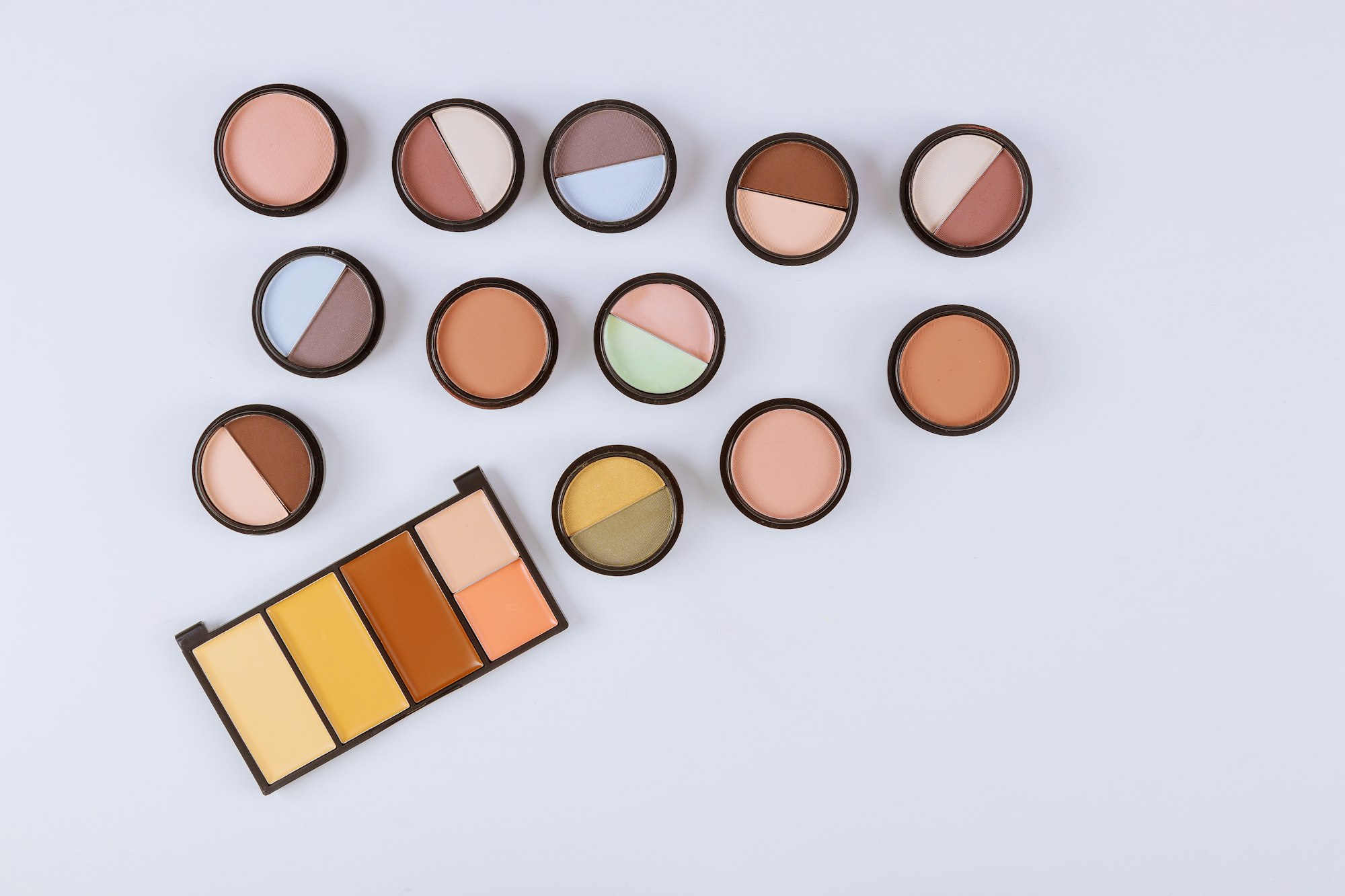Perfecting your makeup often hinges on one key element: coordination. Lipstick and blush can elevate your look when paired effectively, but how do you strike the right balance? Explore the interplay of colors, textures, and finishes to achieve a flawless and harmonious appearance. By understanding your skin tone and the principles of color harmony, you can create a stunning, cohesive effect that enhances your natural beauty. Discover tips and tricks that will turn this delicate art into an effortless routine.
Understanding Color Theory for Makeup Coordination
Delving into color theory can significantly enhance your ability to achieve stunning makeup coordination. At its core, color theory involves understanding the relationships between colors on the color wheel. This knowledge is crucial for color matching in makeup, as it helps in selecting shades that harmonize well together.
Also to read : What are the Steps to Achieving the Perfect Winged Eyeliner for Hooded Eyes?
A fundamental principle of color theory is the use of complementary colors. These are colors located opposite each other on the color wheel, such as blue and orange or red and green. When used in makeup, complementary colors can create striking contrasts that make features pop. For instance, pairing a green eyeshadow with a red-toned lipstick can result in a bold, eye-catching look.
On the other hand, analogous colors, which sit next to each other on the color wheel, provide a more subtle and cohesive appearance. Using analogous colors in makeup, like pinks and purples, can create a soft, harmonious look that is pleasing to the eye.
In the same genre : Can You Explain How to Use Color Correctors to Conceal Under-Eye Circles?
Understanding these principles can also guide the pairing of lipstick and blush. For example, a warm-toned blush can beautifully complement a warm-toned lipstick, enhancing the overall look. By mastering color theory, you can elevate your makeup game, ensuring each element works together seamlessly.
Choosing Lipstick Shades for Different Skin Tones
Selecting the right lipstick shades can significantly enhance your overall appearance, especially when considering your unique skin tones. Understanding how to align your lipstick with your skin's undertone can make a remarkable difference.
Overview of Lipstick Shades for Various Undertones
-
Warm Undertones: If your skin has a warm undertone, opt for lipstick shades with rich, earthy hues like coral, orange, and brick red. These colors complement the golden or yellow base in your skin, enhancing your natural warmth.
-
Cool Undertones: For those with cool undertones, shades like berry, plum, and blue-based reds work beautifully. These colors harmonize with the pink or blue base of your skin, creating a balanced look.
-
Neutral Undertones: Lucky are those with neutral undertones, as they can experiment with a wide range of colors. From soft pinks to deep reds, most shades will suit your skin tone.
Popular Lipstick Colors for Different Occasions
Choosing the right lipstick for an occasion can also elevate your look. For everyday wear, consider nude or soft pink shades that offer a natural appearance. For evenings or special events, bold reds or deep plums can add a touch of glamour and sophistication.
Selecting Blush Colors to Complement Lipstick
Choosing the right blush colors is essential for creating a cohesive and polished makeup look. The key to successful blush selection lies in how well it complements your chosen lipstick shades.
Matching Blush with Lipstick
To achieve a harmonious appearance, consider the undertone of your lipstick when selecting blush. For warm-toned lipsticks like coral or brick red, opt for blush shades with similar warmth, such as peach or terracotta. These colors work together to enhance the natural warmth in your complexion. Conversely, if you're wearing a cool-toned lipstick like berry or plum, a blush with a pink or cool mauve hue will complement it beautifully, maintaining a balanced look.
Blush Shades to Enhance Natural Skin Tone
Your skin tone plays a vital role in blush selection. Fair skin tones often benefit from soft pinks and peaches, while medium skin tones can explore apricot or rose shades. For deeper skin tones, rich berry or deep terracotta blushes can add a stunning glow.
Tips for Different Makeup Styles
When aiming for a natural makeup style, choose a subtle blush that mimics your natural flush. For a more dramatic look, don't shy away from bolder blush colors that make a statement. Always ensure that your blush and lipstick work in tandem to create a unified and flattering appearance.
Application Techniques for a Flawless Finish
Achieving a flawless finish in your makeup application requires mastering specific techniques and using the right tools. Here’s a step-by-step guide to applying lipstick and blush with precision and ease.
Step-by-Step Guide on Applying Lipstick and Blush
-
Lipstick Application: Start by exfoliating your lips to ensure a smooth surface. Apply a lip balm to hydrate, then outline your lips with a lip liner matching your lipstick shade. Fill in with your chosen lipstick, using a brush for precise application. Blot with a tissue and reapply for longevity.
-
Blush Application: Choose a blush that complements your lipstick. Using a fluffy brush, apply blush on the apples of your cheeks, blending upwards towards the temples. This technique enhances your natural cheekbones and creates a harmonious look.
Tips for Blending Products Seamlessly
- Use a beauty blender for seamless blending of products. Dab it gently on your skin to merge different makeup layers.
- A stippling brush can help achieve a natural finish, especially for liquid or cream blushes.
Tools and Brushes That Enhance Application
- Lip Brush: For precise lipstick application.
- Fluffy Blush Brush: Perfect for powder blushes, ensuring even distribution.
- Beauty Blender: Ideal for blending and achieving a smooth finish.
Seasonal Trends in Lipstick and Blush Pairing
Keeping up with seasonal makeup trends can refresh your look and keep it current. Each season brings unique lipstick trends and blush trends that reflect the changing tones and moods of the time.
Current Seasonal Color Trends
- Spring: Embrace fresh and vibrant hues like coral and peach for both lipstick and blush. These colors mimic the blossoming nature and add a lively touch to your makeup.
- Summer: Opt for bold and bright shades such as fuchsia and tangerine. These vibrant colors complement the sunny weather, creating a cheerful and energetic appearance.
Adapting Makeup for Different Seasons
To adapt your makeup look for different seasons, consider the natural lighting and colors around you. In autumn, for example, rich berry and deep plum shades for lipstick and blush can mirror the earthy tones of falling leaves. In winter, choose cool-toned reds and mauves to complement the crisp, cool atmosphere.
Trending Color Combinations
- Spring/Summer: Pair coral lipstick with a peachy blush for a harmonious and fresh look.
- Autumn/Winter: Combine a berry lipstick with a plum blush to achieve a sophisticated and warm appearance.
By aligning your makeup with seasonal trends, you can maintain a stylish and contemporary look throughout the year.
Product Recommendations for Lipstick and Blush
Navigating the world of makeup products can be overwhelming, but having the right lipstick recommendations and blush recommendations can simplify your choices.
Top-Rated Lipsticks and Blushes
Explore top-rated lipsticks like MAC's Ruby Woo, known for its bold red hue and long-lasting formula. For blush, NARS Orgasm is a cult favourite, offering a universally flattering peachy-pink shade with a hint of shimmer.
Budget-Friendly vs. High-End
When comparing budget-friendly and high-end options, brands like Maybelline and e.l.f. offer quality lipsticks and blushes at accessible prices. Maybelline's Color Sensational line provides rich pigmentation without breaking the bank. On the high-end spectrum, Chanel's Rouge Allure lipsticks and Dior's Rosy Glow blush offer luxurious textures and premium ingredients.
Cruelty-Free and Vegan Options
For those seeking cruelty-free and vegan options, consider brands like Fenty Beauty and Tarte. Fenty Beauty's Mattemoiselle lipsticks deliver vibrant colours with a smooth matte finish, while Tarte's Amazonian Clay blushes provide long-lasting wear with natural ingredients. These choices ensure you can enjoy your makeup routine ethically and sustainably.
Visual Examples of Coordinated Looks
Exploring makeup looks that showcase coordinated lipstick and blush combinations can be both inspiring and educational. A gallery of these combinations offers a visual feast, helping you understand how different shades work together for various skin tones and occasions.
For fair skin, a coordinated makeup look might include a soft pink lipstick paired with a light peach blush, perfect for a daytime event. Medium skin tones can shine with a coral lipstick and a warm apricot blush, ideal for an evening gathering. Those with deep skin tones might opt for a bold red lipstick and a rich berry blush for a striking night out.
User-generated content is a treasure trove of inspiration. Platforms like Instagram and Pinterest are brimming with images of individuals showcasing their unique makeup looks. These visual examples can provide fresh ideas and encourage experimentation with different coordinated combinations.
By observing these visual examples, you can better understand how to tailor your coordinated makeup to suit your personal style and complexion. Whether you're preparing for a casual day or a formal event, these examples will guide you in creating a harmonious and polished appearance.
Professional Insights on Makeup Coordination
Gaining insights from makeup artists can transform your makeup routine. Their expert advice often highlights the nuances of makeup coordination that can elevate your look.
Interviews with Professional Makeup Artists
Interviews with seasoned professionals reveal that one common mistake is not considering skin undertones when pairing lipstick and blush. An expert tip is to always test products in natural light to see how they complement your skin's natural hues. This ensures a harmonious look that enhances your features.
Common Mistakes to Avoid
A frequent error is over-applying products, which can lead to a cakey appearance. Instead, makeup artists recommend building up product gradually. Another mistake is neglecting to blend well, which can disrupt the flow of your makeup. Using tools like beauty blenders can help achieve a seamless finish.
Expert Tips for Creating Signature Makeup Looks
To create a signature look, professionals suggest choosing one feature to highlight, such as bold lips or dramatic eyes, while keeping other elements subtle. They also advise experimenting with different textures, like combining matte lipsticks with dewy blushes, to add dimension. These professional makeup tips can help you craft a unique style that reflects your personality.
Troubleshooting Common Makeup Coordination Issues
Navigating makeup issues can be daunting, but understanding common mistakes and their solutions can enhance your routine. One frequent problem is mismatched lipstick and blush, which disrupts the harmony of your look. To fix this, ensure both products share a similar undertone. For instance, if your lipstick is warm-toned, opt for a blush with a peach or terracotta hue.
Over-application or uneven blending is another challenge. To troubleshoot, use a light hand and build up product gradually. A beauty blender can help achieve a seamless finish, gently pressing the product into the skin for a natural appearance. If you've applied too much, a clean brush can diffuse excess product, restoring balance.
Adjusting your makeup throughout the day is crucial for maintaining a polished look. Carry a compact mirror and a small makeup kit for on-the-go touch-ups. Blotting papers can help manage oiliness, while a travel-sized setting spray can refresh your face, keeping your makeup intact. By proactively addressing these common mistakes, you can ensure your makeup remains flawless from morning to night, exuding confidence and style.
Conclusion: Mastering Your Makeup Pairing Skills
Achieving makeup mastery involves understanding and implementing effective lipstick and blush pairing techniques. Mastering this skill can elevate your makeup game, ensuring each element works together seamlessly to enhance your natural beauty.
To recap, consider the undertones of your skin and makeup products for a harmonious look. Experiment with both complementary and analogous colors to discover what suits you best. Remember, practice is key to refining your skills, so don't hesitate to explore different combinations and styles.
Encourage yourself to step out of your comfort zone by trying new shades and textures. This experimentation can lead to discovering unique looks that highlight your features and personality. Embrace seasonal trends for fresh inspiration, and remember that makeup is an art form—there are no strict rules.
For further learning, consider resources like online tutorials, makeup workshops, or books on color theory. Platforms such as YouTube and Instagram offer a wealth of content from beauty experts and enthusiasts alike, providing visual examples and tips to enhance your understanding.
By continuously practicing and seeking inspiration, you can develop a keen eye for lipstick and blush pairing, achieving a polished and cohesive appearance that reflects your personal style.











